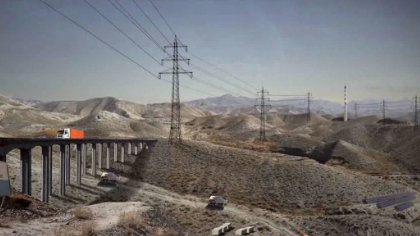The World Bank's key findings from its analytical report: "Afghanistan: From Transition to Transformation," suggests that transformation decade is indeed a period for which there are high hopes, expectations and great opportunities for the people of Afghanistan.
Economic growth, job creation and development are central to the decade of transformation and long-term security for the people of Afghanistan. While Afghanistan’s growth is projected at an average annual rate of 4.9% during the period, there is a potential to increase it to 6.7%, depending on an appropriate enabling environment, including security, and good progress in the two key drivers of growth: agriculture and the resource sector. Growth needs to be inclusive, sustainable and leveraged for wider job creation and economic impact. The government’s resource corridor approach is all about leveraging the resource sector for transformation – prioritizing public and private investments and sequencing and combining interventions.
The transition economics work highlights that aid needs to be provided in ways that promote alignment with government sequencing and prioritization, more funds on-budget and spent locally, and enhanced attention to operations and maintenance to ensure sustainability. Going forward, selectivity and prioritization of public investment are vital to meet the needs of a secure and prosperous Afghanistan, as is focusing on the key drivers of growth – agriculture and resource corridors, the enabling environment for private sector investment, regional integration and the strategic investments in human capital – gender, health, education and skills.

